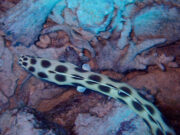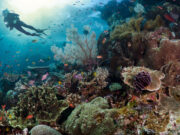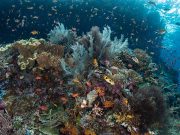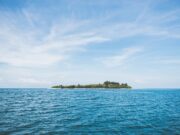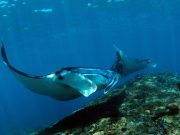Nestled between Sicily and the North African Coast, and surrounded by crystal-clear Mediterranean waters, Malta is a scuba diver’s paradise. With over 100 dive sites to explore, divers are treated to a rich tapestry of shipwrecks, caves, and vibrant reefs that host marine life large and small.
Above water, Malta also has one of the most interesting cultures in Europe, with historical sights dating back to over 4000 years. All of which makes Malta a great destination for your diving and non-diving days. So, let’s delve into the wonders of Malta and explore the top dive spots to visit this year.
Marine life highlights of diving in Malta.
The Maltese waters boast a rich biodiversity, from macro critters and nudibranchs to large pelagic fish. Among the many marine life highlights of Malta, be sure to go in search of these:
- Gozo’s seagrass meadows: Explore the lush seagrass meadows around Gozo to encounter two different types of seahorses.
- Comino’s Blue Lagoon: Witness the captivating dance of numerous colourful fish against the beautiful white sands of this famous lagoon.
- Dwerja in Gozo: Not only is Dwerja home to some of Malta’s most famous dives, the rich variety of caverns, tunnels, swim-throughs, and arches at Dwejra are home to many conger and moray eels.
When is the best time to go diving in Malta?
Diving in Malta is great all year, though June to September offer the warmest water temperatures. If you want to avoid Malta’s peak tourist season, visit in September or October.
Who is the diving suitable for?
Malta boasts over 100 dive sites, offering something for divers of all experience levels. From beginners to advanced divers, there are options to cater for everyone.
Malta’s numerous shallow dives are perfect for novices, while more experienced divers can challenge themselves with deeper and more adventurous dives. Malta has fantastic wreck diving, so make sure you get certified as a wreck diver before you go.
Malta’s 9 best dive spots to visit in 2023.
1. Cirkewwa
The iconic Cirkewwa reef boasts dive sites for recreational and tech divers, making it a popular choice for experienced divers. Swim alongside an array of marine life whilst you explore the wrecks (including the well-known P29 Patrol Boat), arches and swim-throughs there.
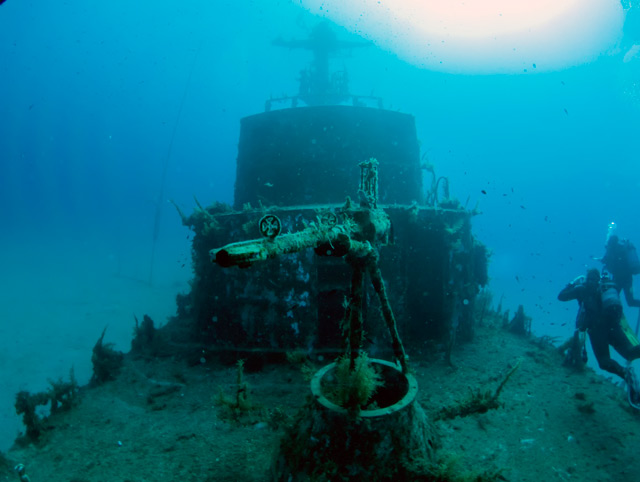
After your dives, take a trip inland to the ancient city of Mdina, the “Silent City,” and immerse yourself in its rich history and charming atmosphere.
2. Santa Maria Caves
The Santa Maria Caves offer a network of interconnected caverns and rock formations bathed in light – they are perfect for underwater photography. With direct access to the surface as well, this is a great dive site for newer divers who want to try cave diving without the fear factor.
After your dive, a short hop across the water will take you to Popeye Village, a whimsical film set turned theme park with colourful ramshackle buildings.
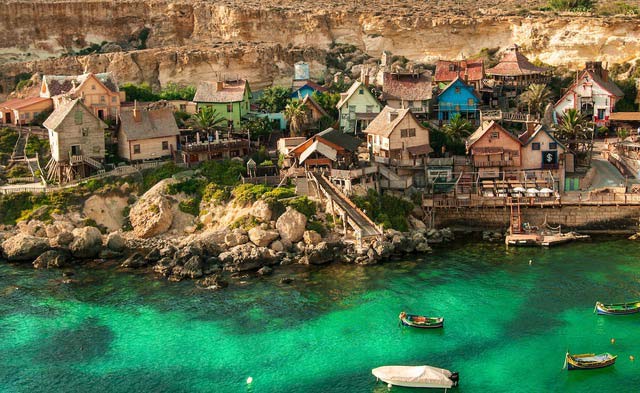
3. The Um El Faroud wreck
Um El Faroud, a former oil tanker scuttled in 1998, is considered one of the top wreck dives in the Mediterranean and is a thriving artificial reef. She sits upright on a sandy bottom and has a maximum depth of 36 meters.
 Image: Depositphotos
Image: DepositphotosAfter diving this sought-after wreck, take a trip to the medieval city of Birgu. It is often overlooked by tourists, but it is steeped in history and has a variety of restaurants to enjoy.
4. Gozo’s Blue Hole
Among the many jewels in Gozo’s diving crown, the Blue Hole stands out as one of the most iconic. Located at Dwejra Bay, this natural wonder promises mesmerizing cavern diving and attracts divers from around the world.
The experience of swimming through this submerged cave, with its dramatic geological features, is simply awe-inspiring.
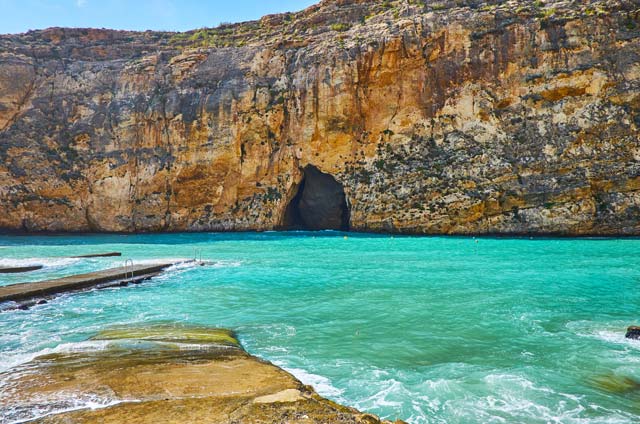
5. Xlendi Bay
Xlendi Bay, one of Malta’s most picturesque fishing villages, is an ideal dive spot for beginner divers. There is easy shore diving and a diverse array of marine life to encounter. This shallow bay is also great for night diving.
After your dive adventures, take a leisurely stroll along Xlendi’s charming promenade and explore the bay’s many waterfront cafes and restaurants.
6. Reqqa Point
Diving at Reqqa Point offers an impressive wall dive for experienced divers, with a rocky shelf at 18 meters full of jackfish, moray eels, and schools of sardines. There are also big groupers in the depths.
Don’t miss the awe-inspiring view from the cliffs of Reqqa Point. This is a perfect vantage point to witness sunsets after your dives.
7. Double Arch Reef
Double Arch is a spectacular dive site in the north of Gozo that features two arches on top of each other. These arches host a variety of pelagic fish, including schools of barracuda, and are adorned with vibrant corals and sponges.
Venture into the nearby picturesque village of Mgarr to satisfy your post-dive hunger with some authentic Maltese cuisine.

8. HMS Maori Wreck
Sitting at 16 meters deep and easily accessible from shore, the HMS Maori is a great wreck for new divers. This British naval ship, sunk during World War II, offers a rewarding wreck diving experience with its intact guns and abundant marine life.
9. Xatt l-Ahmar
Xatt-l-Ahmar is a great dive spot for all experience levels. This beautiful bay sits on Gozo’s south-eastern coast and has three deep wrecks, a reef with some caves, and a shallow bay.
The shallow waters are perfect for learning to scuba dive, whilst the depths of Xatt l-Ahmar offer breathtaking swim-throughs that will satisfy more advanced divers.
After your dive, hop on a ferry to visit the nearby island of Comino and explore the iconic Blue Lagoon.
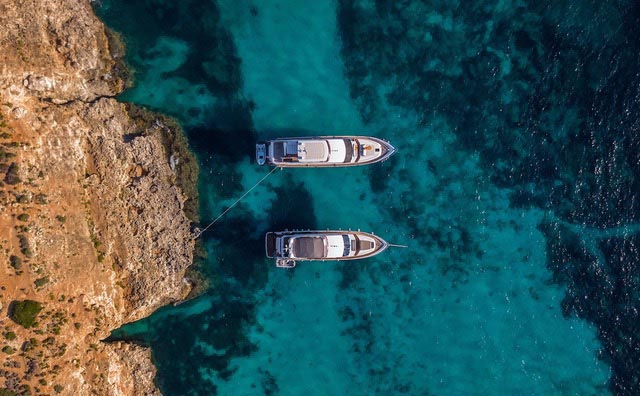
Wherever you explore, Malta offers a treasure trove of underwater highlights. Whether you’re captivated by the thrill of shipwrecks or fascinated by the diverse marine life, diving in Malta truly has something for everyone. Start planning your trip there today.
Kathryn Curzon, a dive travel writer for SSI (Scuba Schools International), wrote this article.
Main image: Kavalenkava Volha/DepositPhotos
Image credits:
- Um El Faroud wreck in Malta: Depositphotos

